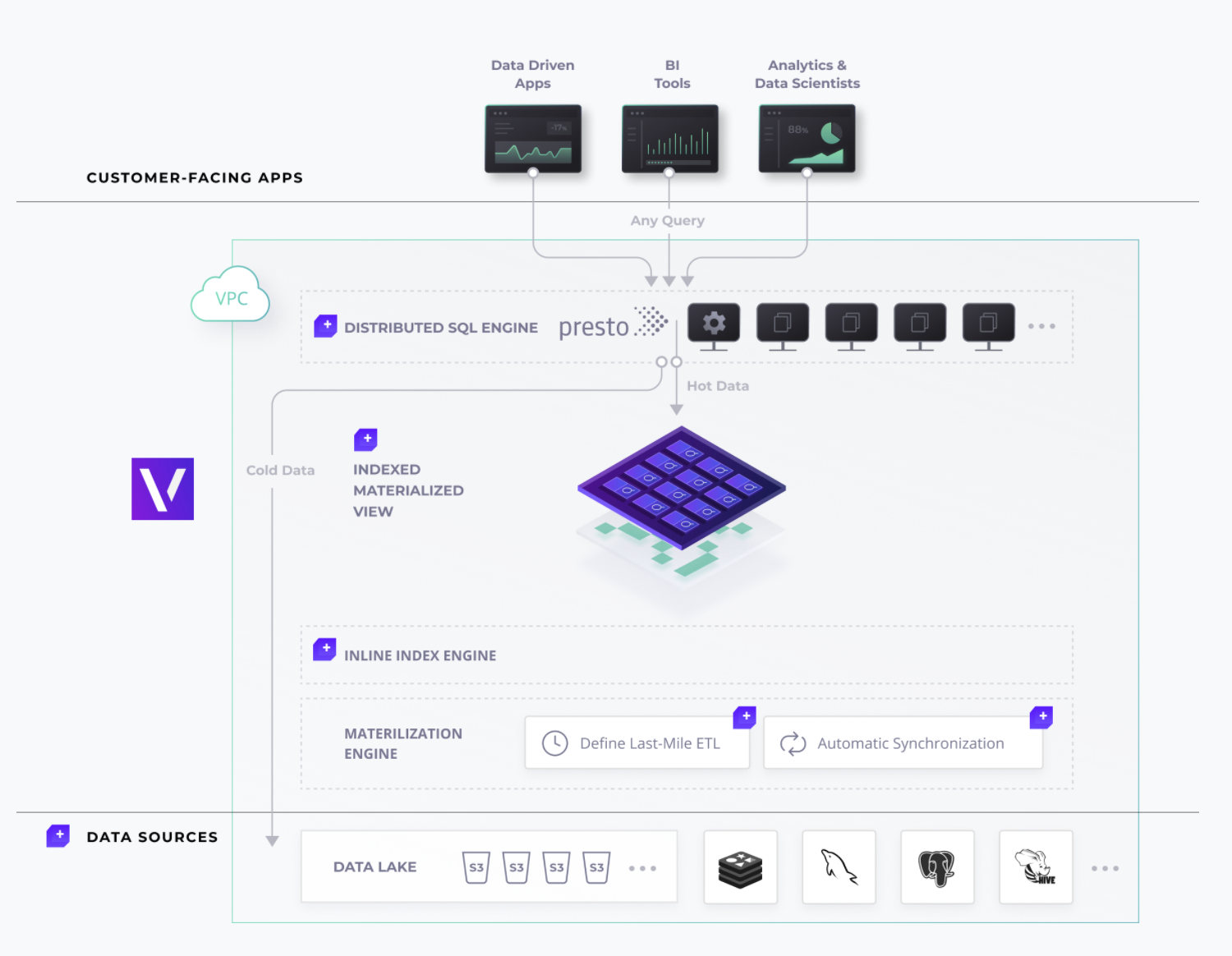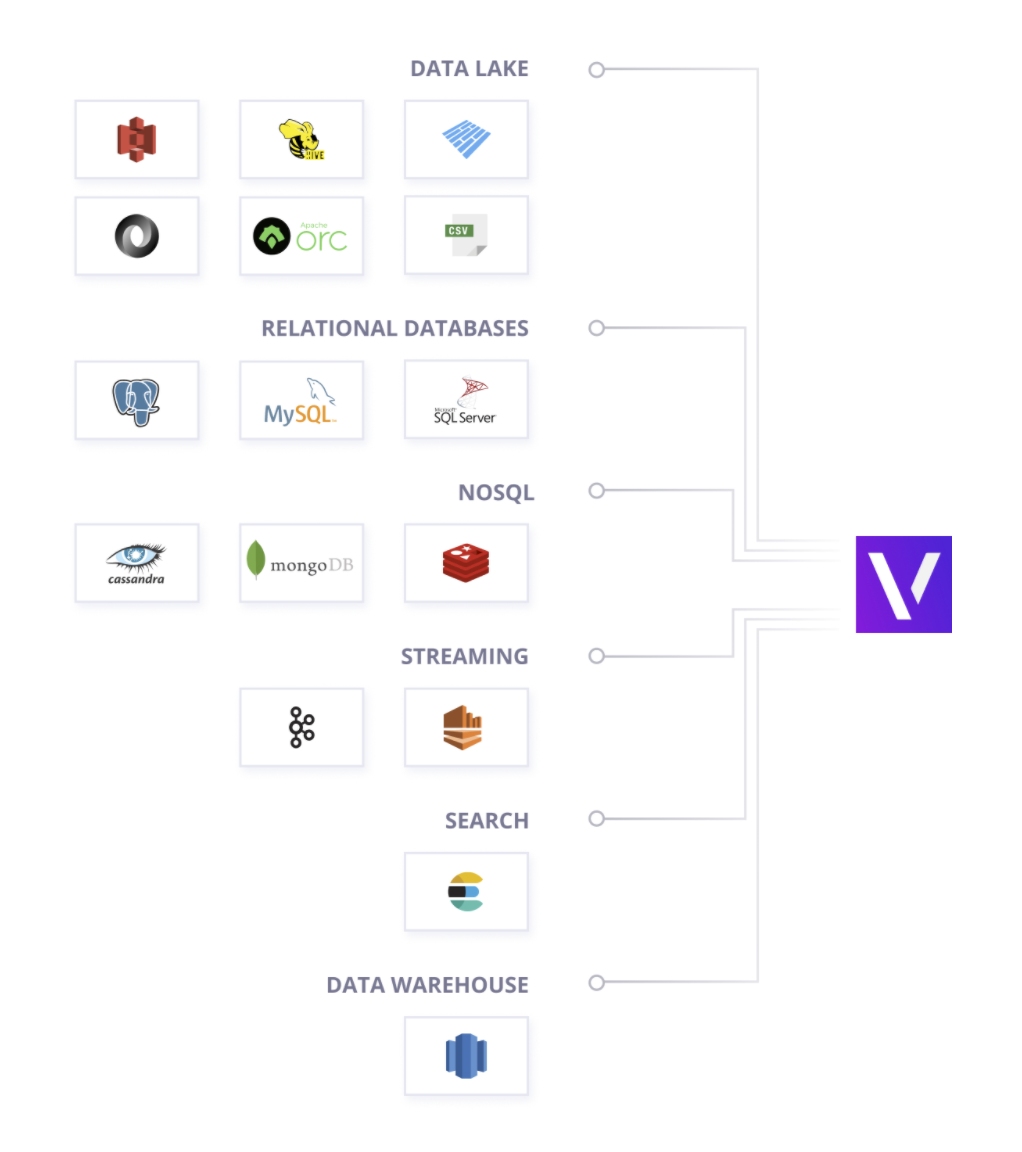Who needs caffeine after day one of Disrupt 2020? Don’t know about you, but we’re flying high on entrepreneurial euphoria. Are you buckled in and ready to take on day two? Let’s look at just some of the events of the day. You’ve got your work — and fun — cut out for you trying to take in all the stellar startup goodness. Remember, this is merely a taste — you’ll find all the action listed in the Disrupt 2020 agenda. Note: unless otherwise stated, all times are PST.
We have a terrific bunch of breakout sessions scheduled throughout Disrupt. Case in point: Want to create meaningful change in your organization? Don’t miss this timely topic — Diversity as Disruption: Take action now to create a more diverse ecosystem with BBG Ventures’ Nisha Dua; SVB Capital’s Jennifer Friel Goldstein; Moxxie Ventures’ Katie Stanton; and Harlem Capital Partners’ Jarrid Tingle. Hosted by Silicon Valley Bank (9:00 a.m. – 9:50 a.m.).
You’re no longer limited to presenting a pitch deck IRL, and that changes everything. Head over to the Extra Crunch Stage to learn How to Craft Your Pitch Deck for 2020. Sequoia Capital India’s Rajan Anandan; Floodgate’s Ann Miura-Ko; and Plexo Capital’s Lo Toney discuss the latest tactics founders are using around the world (9:45 a.m. – 10:30 a.m.).
Who in the startup world wouldn’t want a crystal ball to gain a better understanding of what’s to come? Well, we don’t have one, but we do have the next best thing. Join Roelof Botha, U.S. head of Sequoia Capital, on the Disrupt Stage for Looking into the Future (9:45 a.m. – 10:05 a.m.).
When you think “startup cred” you can’t help but think about Drew Houston. Head to the Disrupt Stage for Thinking Outside the Dropbox and hear what the super-founder’s company is doing to expedite digital transformation (9:45 a.m. – 10:05 a.m.).
Every early-stage startup founder needs to make it rain — the harder the better. But knowing when and how to start ain’t easy, and one misstep can really set you back. Do you fit the description? Then show up for How to Raise Your First Dollars over at the Extra Crunch Stage with Inspired Capital Partners’ Alexa von Tobel; Homebrew’s Hunter Walk; and Cowboy Ventures’ Ted Wang (12:00 p.m. – 12:45 p.m.).
Don’t miss the world-premiere of the documentary film, Speed of Thought: The First 5G Visionaries on the Disrupt Stage. Industry leaders — Movers and Shakers NYC’s Glenn Cantave and Idris Brewster, along with Verizon Communications’ Sanyogita Shamsunder — will discuss the urgent need for 5G tech and solutions (1:30 p.m. – 3:20 p.m.). Brought to you by Verizon.
That should whet your appetite and keep you excited, informed and connected. We still have passes available to get onto the platform and join the community or you can upgrade your Disrupt Digital Pass to a Digital Pro Pass for even more access. Opportunity’s pounding on the door…go open it!




